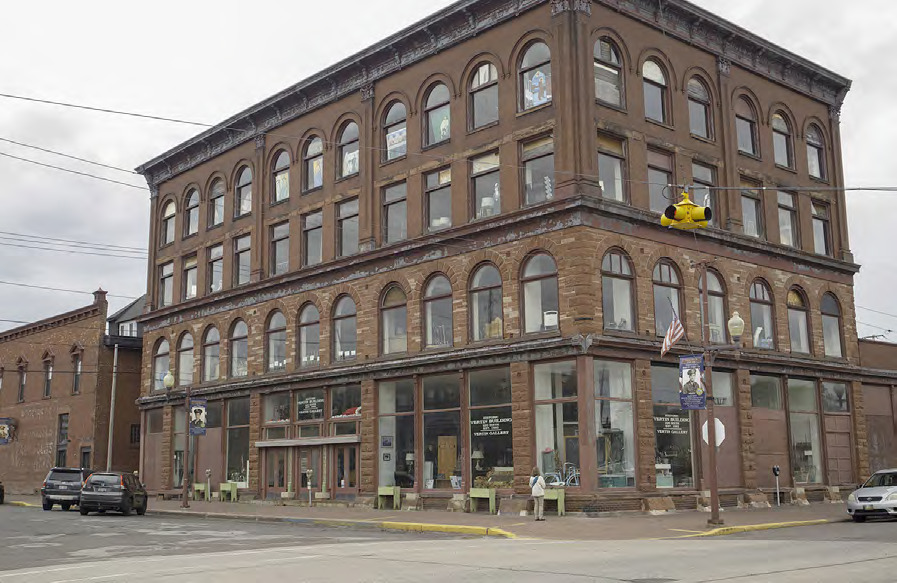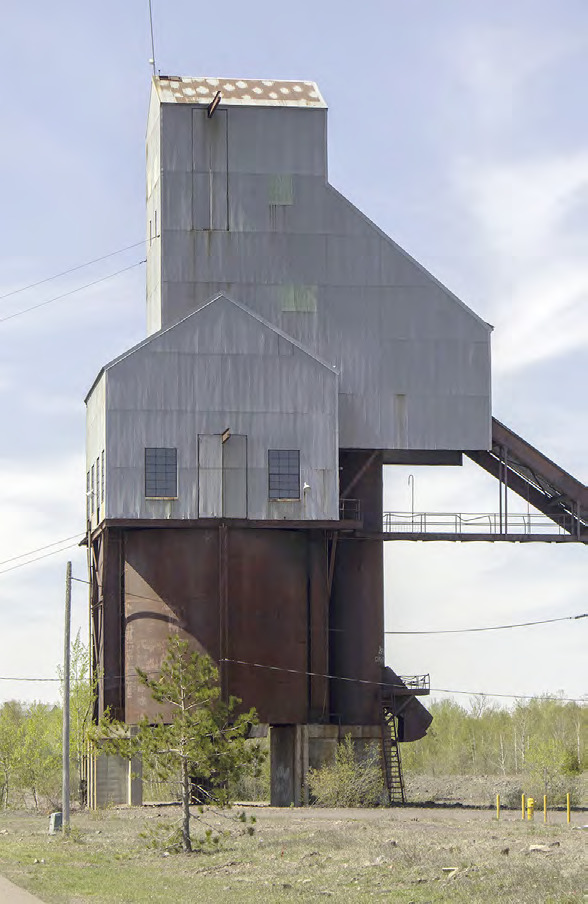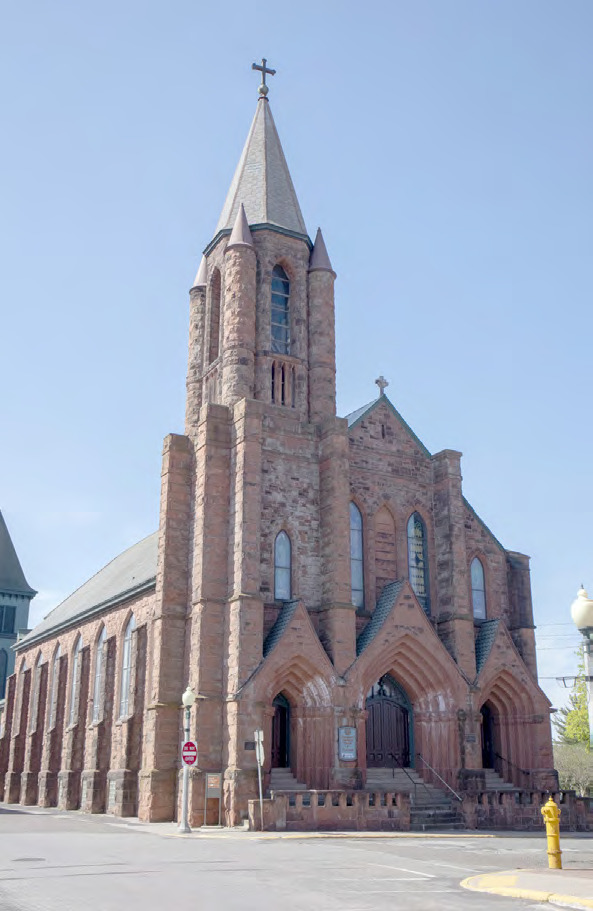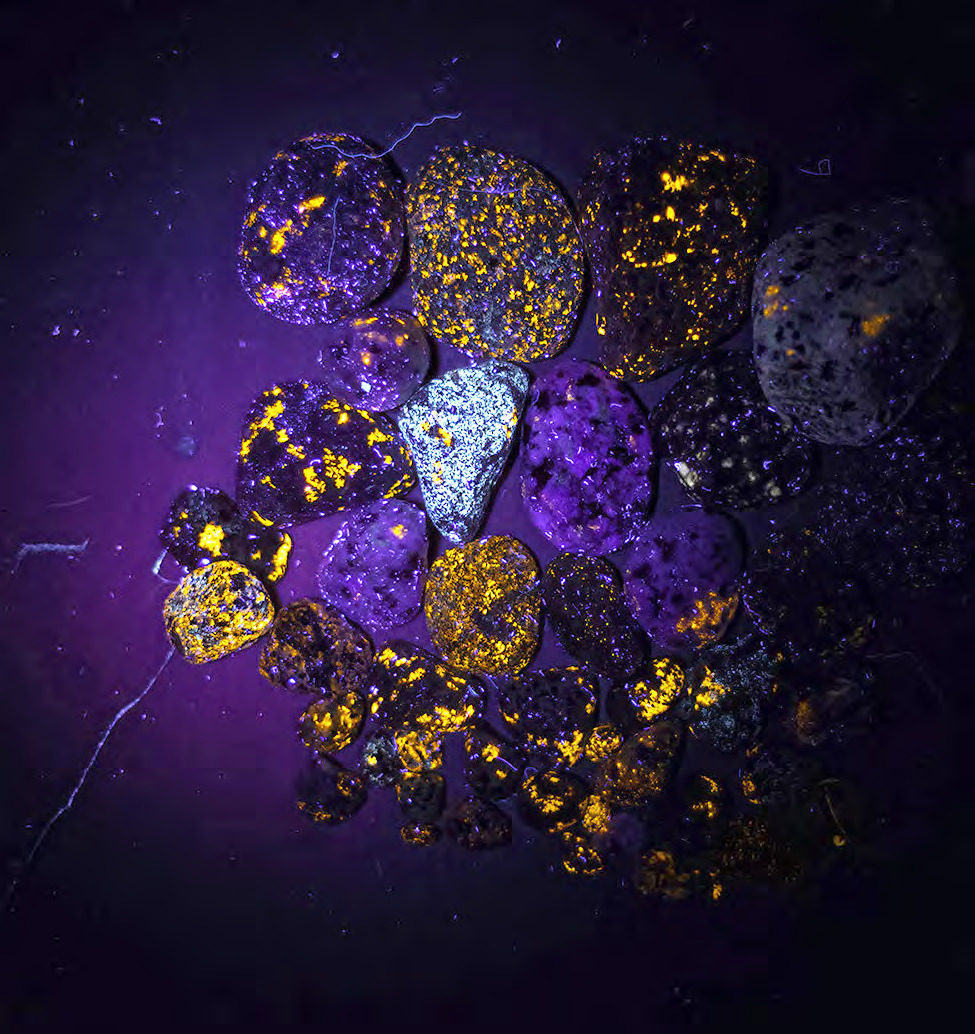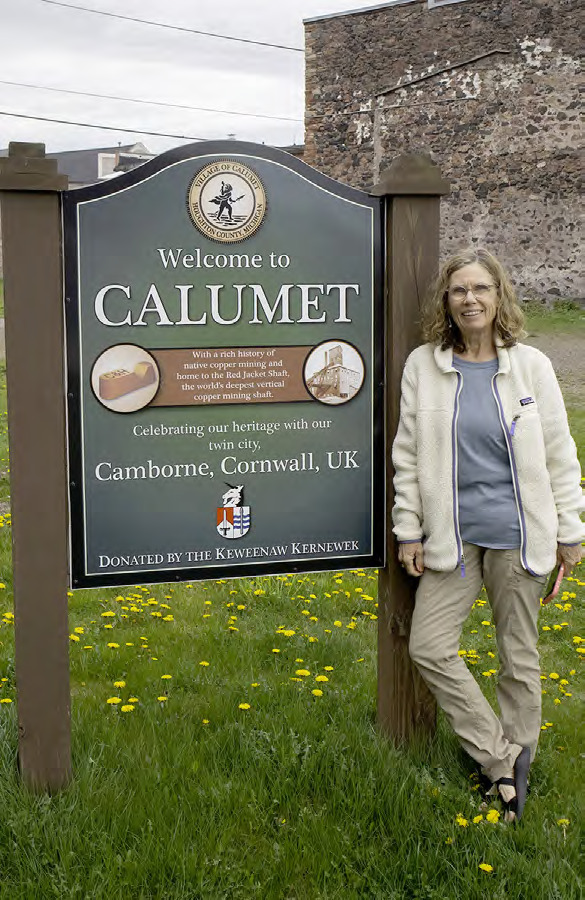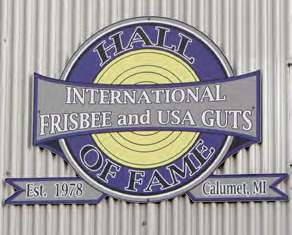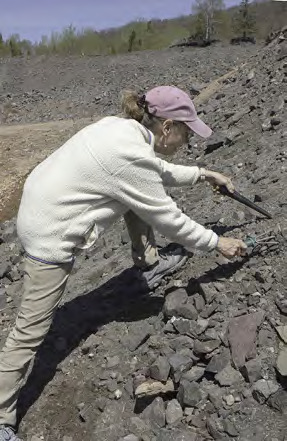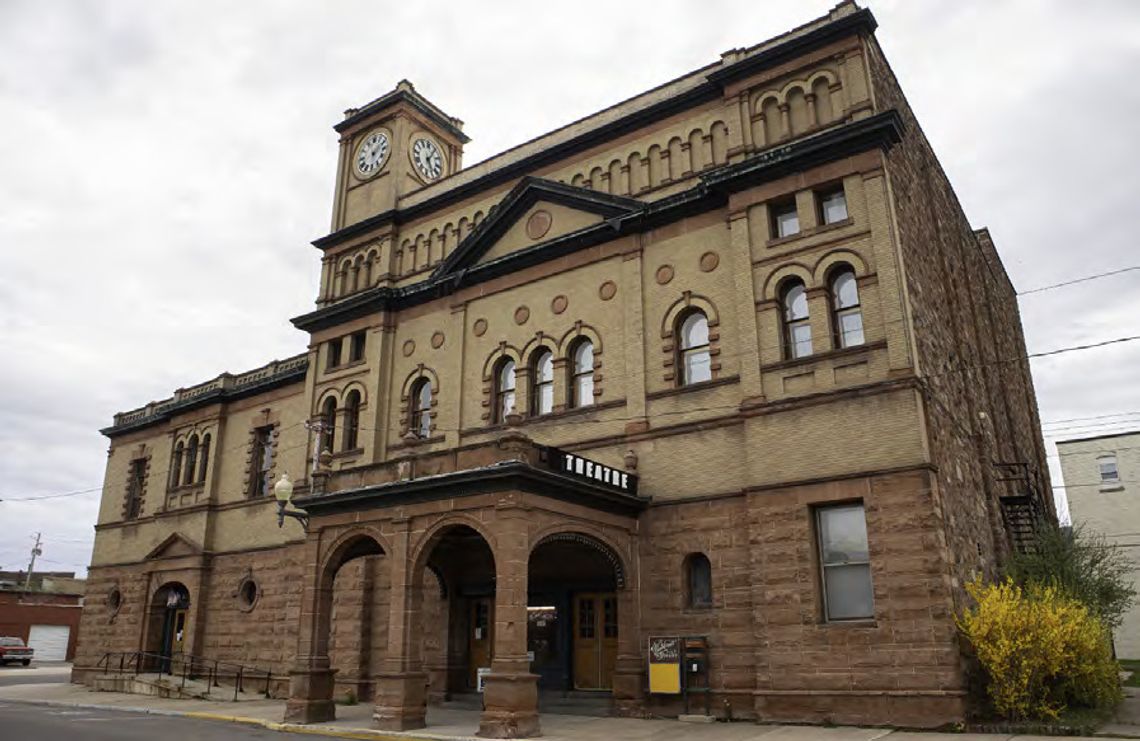Part 5 The Keweenaw Peninsula
There are many ways to travel.
Sometimes you go to a destination and spend all your time from one home base. Might be a base camp in the Boundary Waters or, like our recent trip to Nashville, a new city to check out. I guided numerous groups in the BWCA who had a “route” planned out for a certain number of days, with “X” number of miles and “X” number of portages planned. To complete a trip like that, you must stay on schedule. Then there is a third type. Travel for a few days, then hunker down to explore for a few more days. This last method very much appeals to me. Setting up camp each evening and taking down each morning becomes routine but tiring. After three or four days of traveling, settling down in one place not only gives you a break but a chance to discover what might be of interest in one small area.
The last method is what we used on our circle trip. Travel/ camp, travel/camp, travel/camp for the first three days. Two nights and some rock picking out of St.
Ignace and three nights with a bit more of an explore of the Keweenaw Peninsula before heading home our final day.
Over the last 24 years, Beth and I have spent a lot of time in the U.P. of Michigan. Beth’s mom was born and raised in Ironwood, so we make 2-3 trips back to that country every year. We’ve spent time in Ironwood, the Porcupine Mountains, skiing Big Powderhorn
Mountain, Munising, St.
Ignace and Fayette State Park and Historic Townsite. We’d never been to the Keweenaw Peninsula and had planned before we went to spend some extra time finding out what it was about. Wow – were we surprised!
My first eye opener was going through the Houghton/Hancock area. After driving through miles of quaint little villages, here was a modern, large population center hosting both Michigan Tech University and, for a long time, Suomi College (later Finlandia University). The tech campus is huge. Finlandia recently closed after having opened in 1896 due to changing demographics and a student population that declined over the last decade. That said, the campus buildings are there and are impressive. In the three days we were in the Keweenaw, we didn’t spend any time in these cities. That’s for a dedicated trip in the future.
We passed through there and set up shop in McLain State Park, spending three nights. Getting in rather late in the afternoon meant setting up the RV, taking the dogs for a long walk and cooking a nice supper. McLain is a wonderful park right on the shores of Lake Superior. Great facilities, many camping spots and lots to do nearby. It does have a major upgrade coming later this summer, so will be closed for part of the season.
We were able to get an early start the following day and had planned a circle route up the middle of the peninsula to Copper Harbor and then back down the western shoreline to visit Eagle River, the Jam Pot and maybe doing some beach combing along the way. It was too aggressive an agenda. Calumet was just a few miles north of where we camped.
Beth’s great-grandfather was born in Cornwall, England and emigrated to Calumet in the late 1800’s. So many people came from that area in England that Cornwall and Calumet became “sister cities”. Many years ago, she knew there were relatives there but hadn’t been in touch for a long time. Curious about the community, it would be our first stop of the day. It didn’t take long to know that an hour that day would not be enough, so we put many of our questions on the back burner and decided to discover more about this historic town the next day and continue towards Copper Harbor.
Not many miles north we briefly drove through an old mining ghost town near the Delaware Mine. A sign for the mine advertised an underground mine tour, so we swung in. Numerous stone building foundations dot your way into the visitor center. The center contains many relics, ore samples and miner’s equipment as well as a small seating area to watch a movie about the mine. A gift shop sits to one side of the building. Tickets can be bought for a self-guided tour. After some safety instructions – including a warning that there are 100 steps down to the first level and the temperature stays at a constant 40 degrees – you’re issued a helmet. The passage is well lit and relatively even to walk. It’s a down and back hike that travels almost 500 yards to a barricade that turns you around to return to the beginning. Many interpretive signs are posted along the way and the $14 entrance fee is well worth it. Though one of Copper Country’s oldest modern mines (opened in 1847) it was also prehistorically mined by the area’s earliest inhabitants. Some of their excavations can still be seen on the property.
A bit further down the road was another old mine that has been re-purposed into a gravel pit for the county crews to repair roads. We saw several people walking the ridge tops and hillsides and stopped to investigate.
Turns out they were a local rock club, and they were searching for native bits of copper. They had reserved that day in the pit for the club but allowed us to look around the perimeter to see what we could find. Though we did pick up a few pieces, next time a metal detector will be in order!
We finished our drive up to Copper Harbor and spent a little time at a rock shop and had our only sit-down meal at The Lake Effect Bar and Grill. Great food!
The day was passing by much too quickly and we had to get back to get the dogs for a walk at McLain State Park. We would save Eagle River and the shoreline drive for another time.
After dark, we combed the beach for “Yooperlites”. These are rocks that contain a mineral that responds to certain wavelengths of ultra-violet light. When struck, the rocks shine back with a bright orange litany of light! With the right flashlight, you can see them for several yards! Many were to be found!
Beth was anxious to spend as much of the next day as we could finding out more about Calumet.
Besides the local history, she was hoping to find out a bit about her family’s time there.
Calumet is an interesting city.
An early settlement in copper country (1864) it soon grew to a population of over 32,000 citizens. For a time, it was the second largest city in Michigan and was even considered for being the state capitol at one time. The architecture reflects the money this town was worth until the early 1900’s. The entire downtown area includes the Calumet Downtown Historic District listed in the National Register of Historic Places. Originally named “Red Jacket” after a local Seneca Tribe Chief, it was renamed Calumet in 1929.
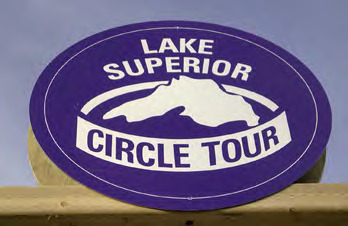
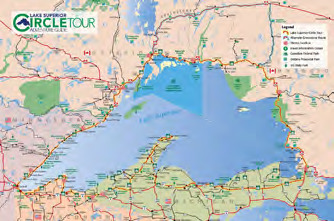
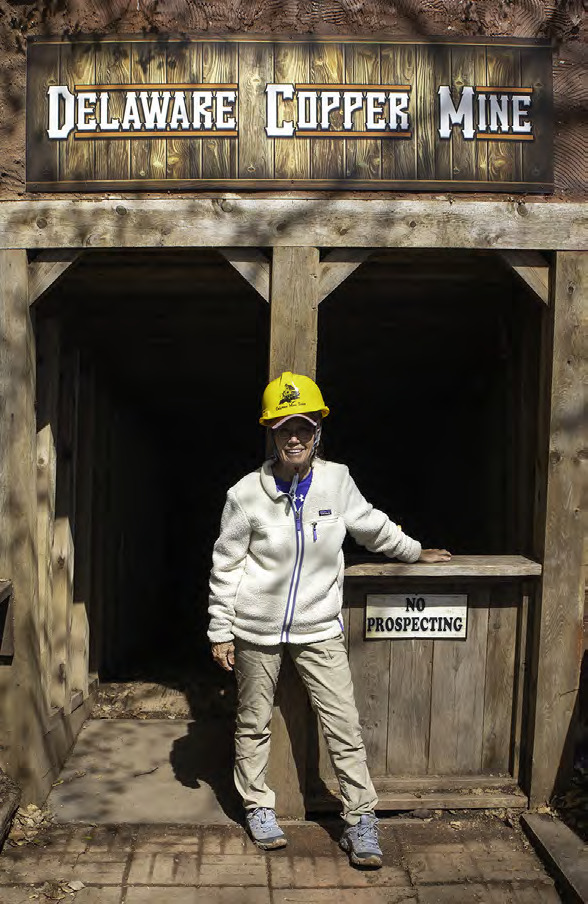
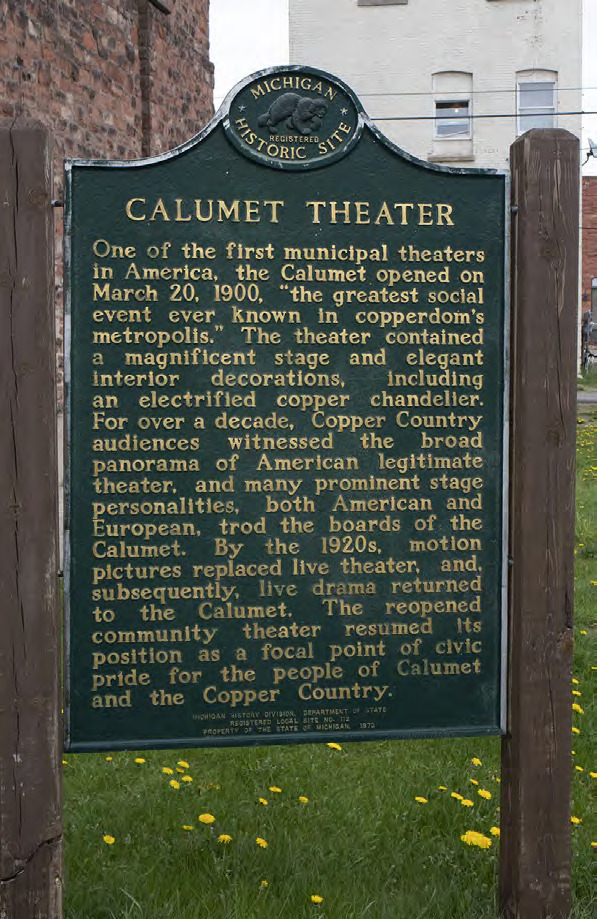
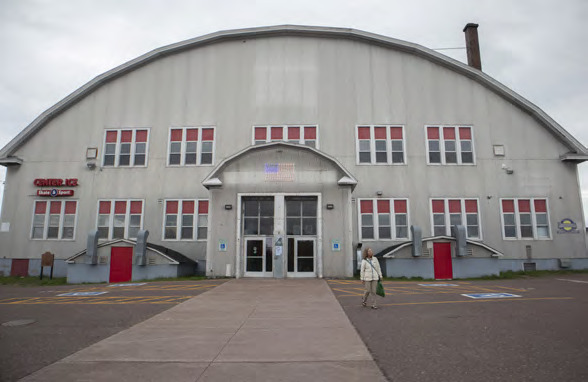
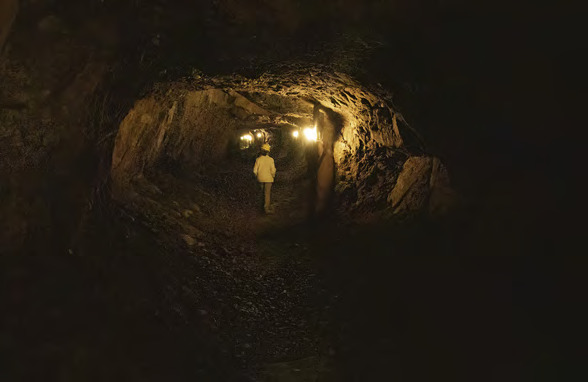
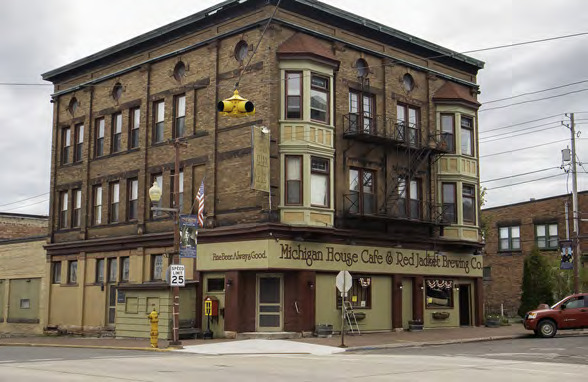
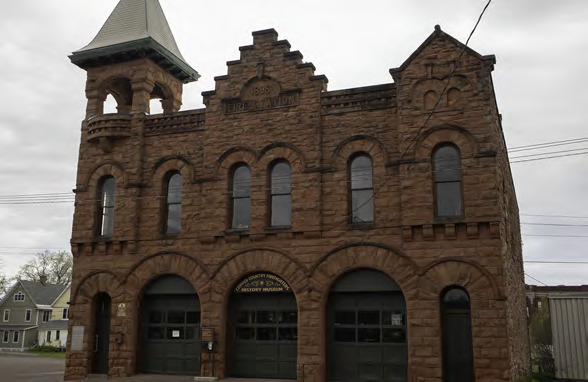
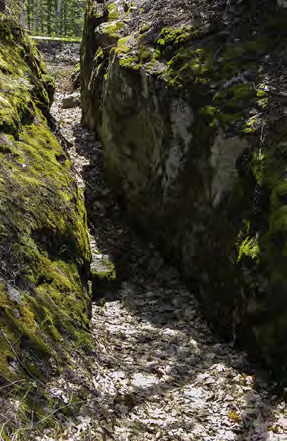
Lake Superior Circle Tour Part 5 The Keweenaw Peninsula
Every building in the downtown has a story and historical significance. At one time more than 70 churches held services here. Hard to believe the present population is only about 700!
As well as a financial hub, it was also known as a center for the arts. The Calumet Theater and Opera House was opened in 1900 and hosted performances from internationally known theater groups, orchestras and other performers. It is said that several ghosts haunt the inside, many from an incident at the nearby Italian Hall where someone falsely yelled “fire” that started a stamped towards a narrow exit on Christmas Eve of 1913. Seventy- three people died, fifty-nine of them children. The Theater itself still gives performances and tours today.
Besides many of the downtown buildings being converted into museums, many have been repurposed – or re-established businesses – within their historic walls. One example is today’s “Michigan House Cafe and Red Jacket Brewing Company”.
Originally built as a brewery in the 1880’s by Haas Brewery, it was purchased in 1903 by Bosch Brewing and reopened as a swanky hotel and saloon along with its brewery. It produced 50,000 kegs of beer annually and was the second largest brewery in the county. Overnight lodging was suspended in 2021, but apartments are still in use on the second floor. The cafe and pub on the first floor are a popular eating place in Calumet.
Vertin’s Antiques was originally a department store built by John and Joseph Vertin in 1885. Constructed as a two-story building, it was so successful that fourteen years later two more stories were built on top of it. It boasted large city construction advances such as large windows, electricity, elevators (for people and merchandise) and carried the latest in furniture, appliances, dry goods and fashionable clothing.
At one time it was referred to as the “Macy’s of Michigan”.
It was in used as a department store until 1985. In recent times it was converted to house several artists as a studio and art colony.
Today it is owned by Tim Lyons and its antique store managed by Mary Sue Hyslop. It is one of the largest and most unique antique collections that I have seen.
Impressive enough that Beth bought a large cabinet that I’ll be traveling to pick up later this summer!
Sports have also played a big role in the community. The Calumet Colosseum was built in 1913 and is considered to be the oldest continuous use operating ice rink in North America. It hosted the annual Hockeyville USA game in 2019 between the Detroit Redwings and defending Stanley Cup Champions St. Louis Blues.
With a seating capacity of 700, I would guess those tickets came at a premium!
I was also surprised to see a plaque on the side of the building designating this as the site of the “International Frisbee and USA Guts Hall of Fame”. I had never heard of it, but if you have a chance, take a look on YouTube to see how the game is played!
Part of what made Calumet interesting to me was the similarity of culture and heritage between Ely and Calumet. Particularly the mining background, but also the names on buildings and streets.
Many of the same Finnish, Slovenian, Croat and Italian names were familiar to me – Vertin, Poshak, Hietala and so on. Many of the emigrant families that moved through Calumet must have moved on to the Iron Range of Minnesota. Beth, with her genealogy search, found that her great grandpa that emigrated from Cornwall had been married three times, and if the ledgers are to be believed, had over 20 children! Many of the locals seem to have connections to the “Rowe” family and many businesses still sport the name. Yes, more investigative work needs to be done here.
We will go back to the Keweenaw Peninsula. There is more to learn and do that will support multiple trips. We still need to get to Eagle River and the coast road there. Houghton/Hancock is at least a two-day exploration.
There are more rocks to pick, and Calumet still needs some time to investigate. It is surprisingly close, being only a five-and-ahalf- hour drive. The Circle Tour of Lake Superior became one of my favorite road adventures.
